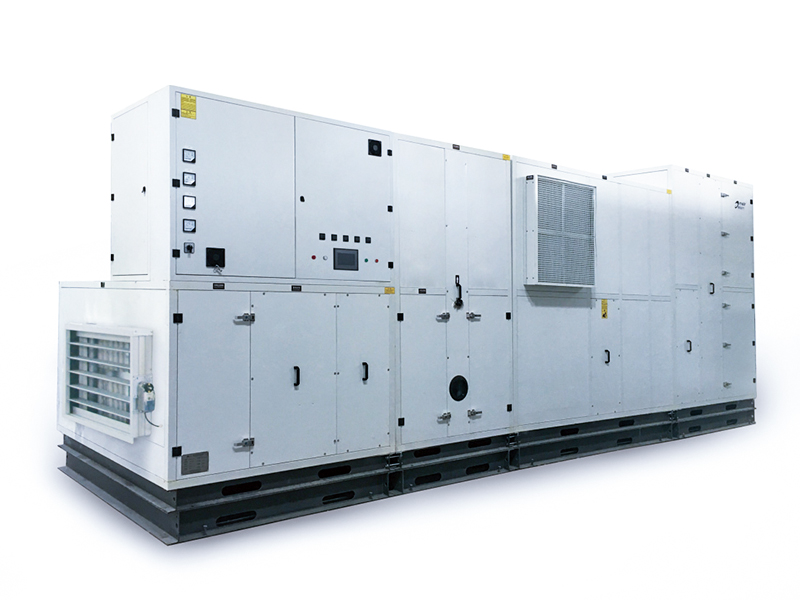The implementation of positive and negative pressure differentials in a dry cleanroom is a fundamental strategy to prevent air flow cross-contamination and to maintain the cleanliness of different zones within the cleanroom. Here's how positive and negative pressure are established and utilized:
1. Positive Pressure Zones:
- Positive pressure zones are areas within the cleanroom where the air pressure is maintained at a higher level compared to adjacent, less clean areas (e.g., the surrounding environment or less critical zones within the cleanroom).
- To establish positive pressure zones:
- Supply clean, filtered air at a higher flow rate than the exhaust rate. This ensures a continuous flow of clean air into the zone.
- Use High Efficiency Particulate Air (HEPA) or Ultra-Low Penetration Air (ULPA) filters to ensure that the supplied air is free from contaminants.
- Ensure that the cleanroom has airtight construction, with minimal leaks and sealed joints, to prevent the infiltration of contaminants from outside.
2. Negative Pressure Zones:
- Negative pressure zones are areas within the cleanroom where the air pressure is maintained at a lower level compared to adjacent, cleaner areas. Negative pressure zones are typically used for containment and to prevent the spread of contaminants.
- To establish negative pressure zones:
- Exhaust a portion of the air from the zone to create a slight vacuum effect.
- Ensure that the exhaust air is filtered to remove contaminants before release.
- Use airlocks or anterooms between positive and negative pressure zones to minimize the risk of contaminants escaping.
Implementation and Utilization:
The use of positive and negative pressure zones is based on the principle that air naturally flows from areas of higher pressure to areas of lower pressure. Here's how this is applied:

- Contaminant Control: In applications where contamination control is critical (e.g., pharmaceutical manufacturing or semiconductor fabrication), the most critical processes are typically conducted in positive pressure zones to prevent outside contaminants from entering. Contaminated or hazardous processes are conducted in negative pressure zones to prevent contaminants from escaping.
- Isolation: By maintaining positive pressure in clean areas and negative pressure in contaminated or hazardous areas, cleanroom personnel can move from cleaner to less clean zones without introducing contaminants. The pressure differentials act as barriers to airflow, preventing the spread of particles and contaminants.
- Airlock and Gowning Areas: Airlocks or gowning areas are used as transitional zones between different pressure zones. They serve as buffer areas where personnel can change into appropriate cleanroom attire and undergo air showers to remove particles before entering the cleanroom. Airlocks help maintain pressure differentials and control contamination during personnel entry and exit.
By establishing and carefully maintaining positive and negative pressure zones, a dry cleanroom can effectively control the flow of air and prevent cross-contamination, thus ensuring the integrity of critical processes and maintaining the required cleanliness levels. Proper design, construction, and monitoring are essential for the successful implementation of these pressure differentials.



 English
English 简体中文
简体中文